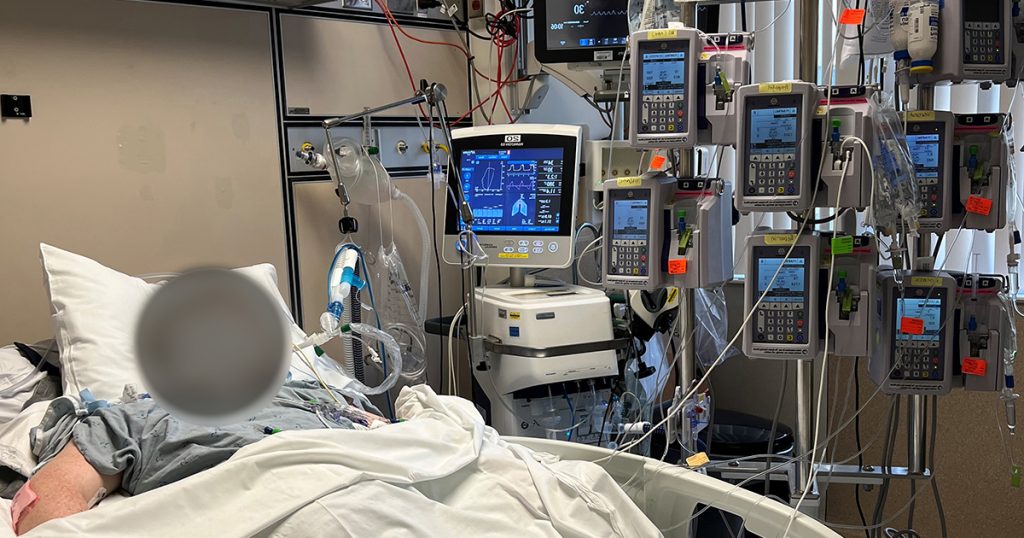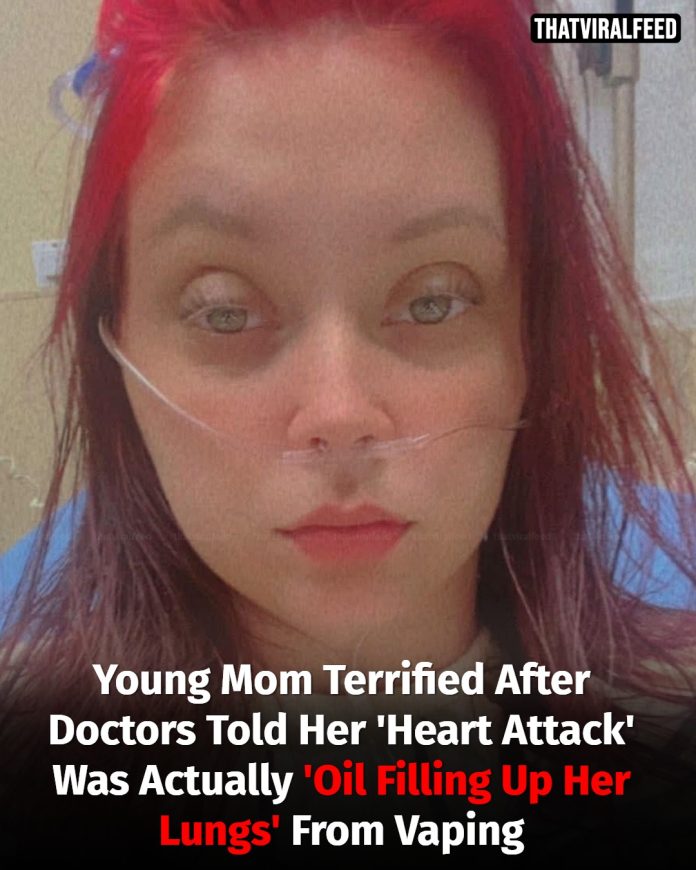Many people believe that vaping oil is a safer alternative to smoking—but the reality is far more complex and alarming. Vaping oil refers to inhaling substances often containing vegetable glycerin, propylene glycol, flavorings, nicotine, or THC oils. While marketed as modern and less harmful, the tiny aerosol particles and added chemicals can interact inside the lungs in ways that researchers are still uncovering. These risks involve damage to the airways, inflammation, and in some cases severe lung injury considered irreversible.
The Mechanics of Harm
The lungs are designed to filter and exchange gases in a delicate balance, but when vape aerosols reach deep into the small airways and alveoli they can upset this system. For instance, the chemical diacetyl—used in flavouring some e‑liquids—has been tied to bronchiolitis obliterans (sometimes called “popcorn lung”) when inhaled. Employees exposed to diacetyl in popcorn factories were the first known group to develop this condition. Furthermore, e‑cigarette aerosol can trigger inflammation, oxidative stress, and changes in lung structure even in users without symptoms.

Oil‑Based Liquids and Lipoid Pneumonia
Another concern arises from oil or lipid containing vapours. Vaping oil can mean inhaling lipid substances or additives that aren’t meant for the lungs. These lipids may settle in lung tissue and provoke lipoid pneumonia, an inflammatory condition all too dangerous because it can masquerade as other lung diseases. Symptoms like persistent cough, breathlessness, or chest tightness may go unnoticed until the damage is advanced.
Myths vs. Reality
It’s important to recognise that the risk story isn’t always straightforward. Some regulatory bodies emphasise that there are no confirmed cases of classic “popcorn lung” directly caused by vaping in the general population.
But caution remains vital: just because definitive proof is limited doesn’t mean the risk is absent. The absence of long‑term data means many outcomes may remain hidden for years.
Who’s at Greater Risk?
Certain factors increase vulnerability to harm:
- Frequent or intensive vaping, especially of oils or liquids with flavoring chemicals.
- Use of unregulated or black‑market devices or oils, where additives may be unknown or unsafe.
- Young users whose lungs are still developing, or people with existing lung and respiratory conditions.
- Switching between substances (e.g., nicotine and THC oils), which may compound risk.
What Can Be Done?
The best preventive step is avoidance of unnecessary vaping and oil‑based vape liquids. If someone already vapes, minimal usage, avoiding flavour‑rich oils, and steering clear of unverified devices or additives makes sense. Regular respiratory check‑ups can help detect early lung changes. Medical professionals recommend quitting vaping altogether as the most effective strategy to protect lung health.

Final Thoughts
In opting for a “harmless” vapour, many believe they’re sidestepping risk—but vaping oil carries hidden dangers. While vaping may be less harmful than traditional smoking in certain contexts, that does not equal safe. The tiny airways in the lungs were never meant to endure continual inhalation of oil‑based aerosols, flavoring chemicals, or unregulated additions. At the end of the day, health is built on prevention and awareness—not convenience. Keeping informed and critical about vaping oil means keeping your lungs safe.

















